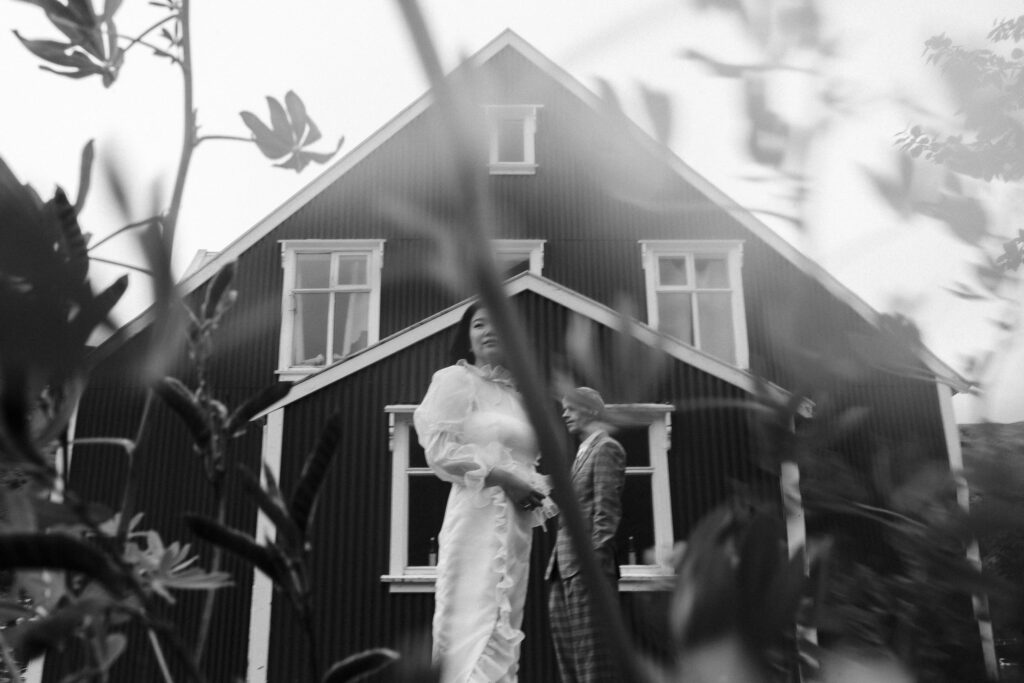Photography as an art form has been a medium of creative expression for well over a century. With the rapid development of technology, photographers are now in a whole new era of innovation and exploration. For some, this is exciting and for others it’s terrifying. Despite what category we fall into, we have to decide whether we embrace it or hide from it.
One of the sessions at the recent Imagenation Summit by Imagen were three quickfire talks from Everbay, Rosie Hardy and Liam Crawley about incorporating technology and other mediums into your photography. They shared their thoughts about the future of the photography industry, how to stay ahead of the game, and how they are using tech in three very fascinating different ways.
In this article, I will share with you the key takeaways from the quickfire talks:
- The use of 3D scans as a new method for capturing meaningful moments from a different perspective
- Challenging yourself creatively through the use of AI tools
- Embracing new technology to stand out in the wedding industry
The use of 3D scans as a new method for capturing meaningful moments from a different perspective
For centuries photography has been cherished for its ability to freeze a moment in time, preserving precious memories for generations. We have seen this evolve from film to digital and now, with the introduction of 3D scanning technology we have a whole new avenue for preserving moments but with an added layer of magic.
Sue and Martin from Everbay, spoke about their passion for turning their work into tangible pieces of art. When they were using a 3D scanner for a renovation project, it sparked an idea in their mind “could this be a new way to immerse our clients in their wedding day memories? They started to experiment with this by taking the couple aside for a brief moment, have them look into each other’s eyes for a minute or two while the scan is created. They found that this imperfect technology seemed to evoke a memory and allowed them to feel it in a more powerful way.

Something I loved about this is Sue and Martin have completely embraced a new (not widely known) piece of technology to tell their clients story in a unique and artistic way. They challenged the norms of storytelling and as a result created an unforgettable keepsake.
Challenging yourself creatively through the use of AI tools
While some may view AI as a threat to creatives, the photographers who can view it as an invaluable tool for pushing themselves creatively will see growth in their business. AI tools have the power to improve your workflow and to get you thinking outside the box as an artist.
Rosie Hardy a Self-Portrait Artist & Wedding Photographer spoke about how she embraces AI-powered technology into her business to improve her work and save hours of time. She spoke about how powerful Adobe Photoshop’s new Generative Fill feature can be and its ability to transform artists. The example she gave was from a wedding portrait where the crop was a little skewed and if straightened the brides dress would be cropped off. She used Generative Fill to extend the image on both sides and fill in the dress. The results were mind blowing. Pre Generative Fill, doing something would have taken a long time, but now it only takes seconds.

Another tool Rosie mentioned was Topaz Sharpen AI. This tool can analyze the main subjects in a photo and sharpen their faces. So if you have a photo that is soft or out of focus or there’s some motion blur, it will reconstruct the image, making it sharp and in focus.
Something that spoke to me in this talk is that these tools are here to not only save you time but also to increase the quality of your work. These tools can significantly increase the amount of high-quality imagery you are giving clients which is going to result in business growth. As Rosie said, “we have to embrace it and lean into it and not get left behind.”
Embracing new technology to stand out in the wedding industry
The wedding photography industry is highly competitive which means standing out can be a challenge. To set yourself apart, embracing new technology can be a way to deliver unique imagery.
Drone photography for example, was a new and emerging technology in 2013. Liam Crawley took this as an opportunity to create some unique imagery that would stand out. He had an idea to have the bride and groom lie down on a tennis court and get a photo from above using a drone. At the time, no one was doing anything like this and he got a real kick out of creating something different. This was the start of Liam having a real drive to put his own stamp on his images and has become a big part of his style.

From my own observation as a photographer, I have noticed that a lot of people stand back and watch when new technology comes onto the scene. They want others to try it first and see if it’s something that’s worth the effort of them learning. I think Liam’s story is a challenge to us to not be too afraid to try new things (especially new technology), as it could be the thing that sets you apart from the rest.
In these quickfire talks at the Imagenation Summit by Imagen there were many great examples shared about how you can incorporate tech into your photography. While all these examples were different, the main thing that stood out to me was that it’s essential as artists to embrace new technology to refine your craft and stay ahead of the game. As we navigate this transformative era, let’s remember that new technology can work with us and our creativity and is there a way to better serve our clients, get valuable time back and push ourselves creatively.
–

When she’s not working you will find her out for brunch sipping on a flat white or going for a walk in nature.
Cover photo by Pablo Beglez. Try his Talent AI Profile here.


